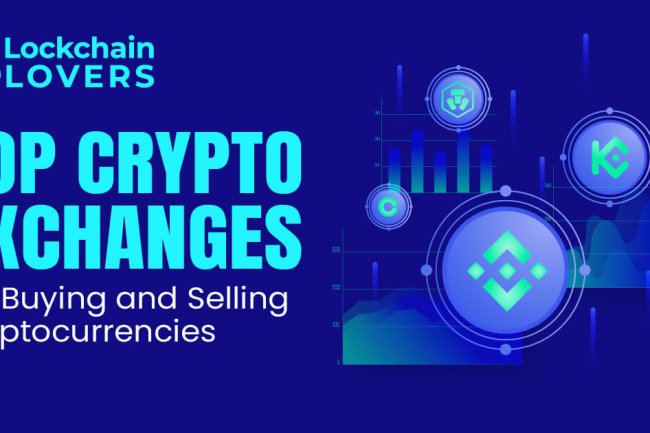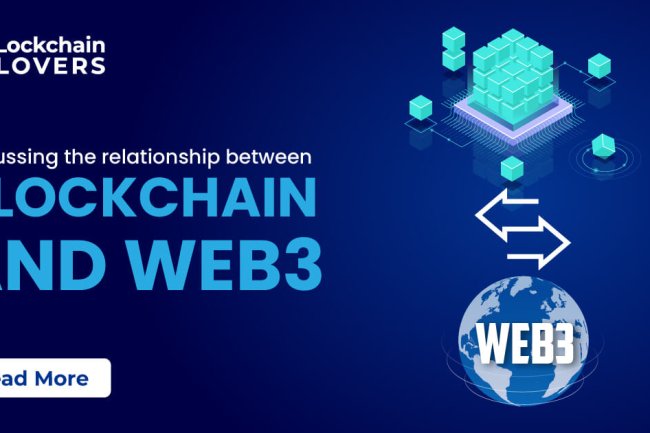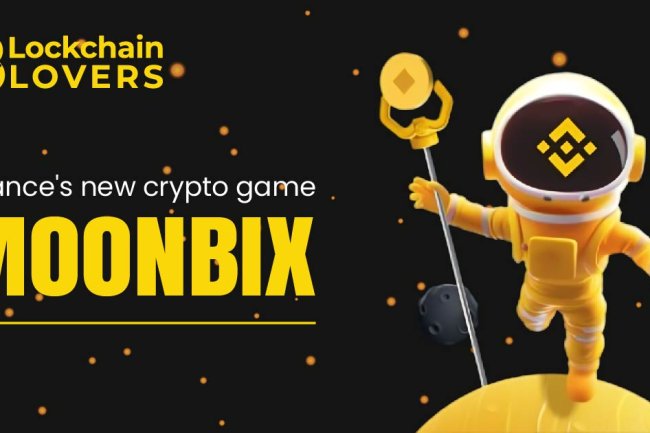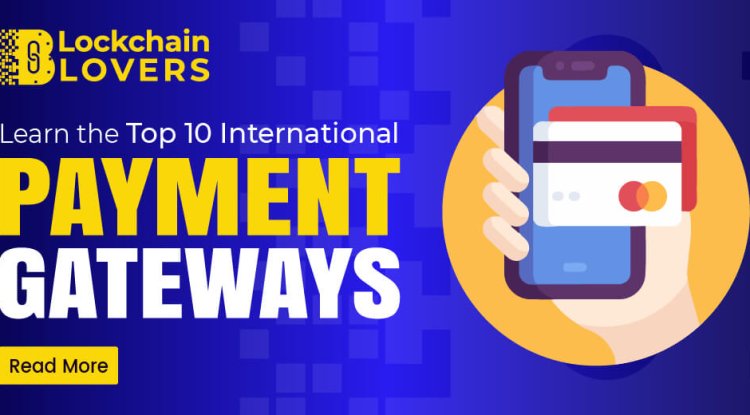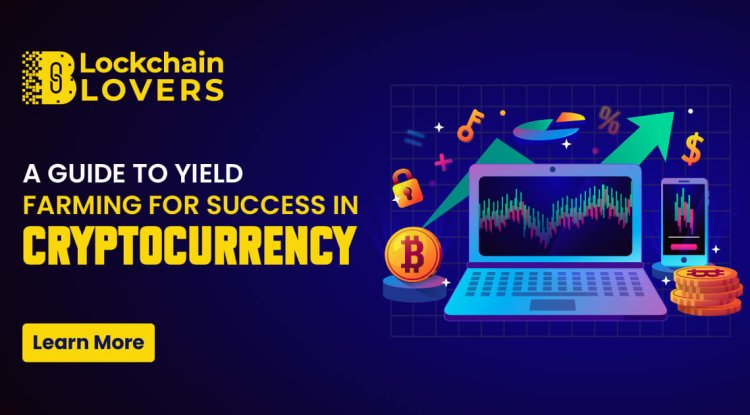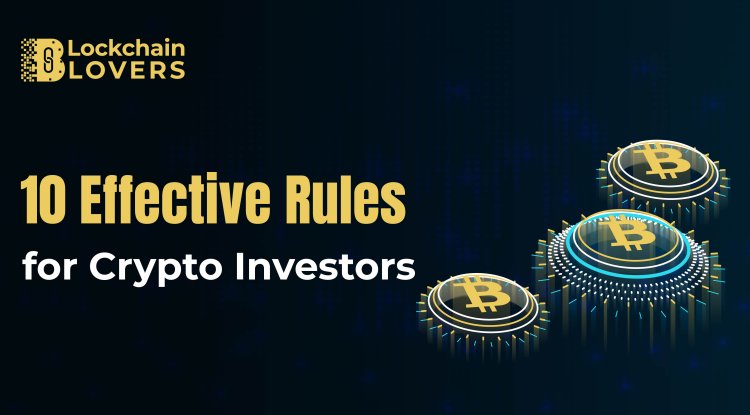Bitcoin Mining at Home in 2025, A New Window of Possibilities
The year 2025 marks a historic period for Bitcoin and the crypto world. A decade ago, Bitcoin was merely a mysterious game for tech enthusiasts, but today it has become a reserve asset for many institutions around the globe. Major companies like Strategy and Japan’s Metaplanet are now buying billions of dollars’ worth of Bitcoin, holding it, and viewing it as a long-term asset. This trend clearly indicates that Bitcoin is no longer experimental—it is now a part of the mainstream economy.

The year 2025 marks a historic period for Bitcoin and the crypto world. A decade ago, Bitcoin was merely a mysterious game for tech enthusiasts, but today it has become a reserve asset for many institutions around the globe. Major companies like Strategy and Japan’s Metaplanet are now buying billions of dollars’ worth of Bitcoin, holding it, and viewing it as a long-term asset. This trend clearly indicates that Bitcoin is no longer experimental; it is now a part of the mainstream economy.
Moreover, 2025 has brought promising changes in terms of regulation. With the return of the Trump administration in the United States, a crypto-friendly attitude has emerged, and the SEC's interventions have slightly decreased. There have even been discussions among policymakers about supporting Bitcoin mining. The European Union has introduced the MiCA regulation, creating transparent rules for investors and miners, which has significantly reduced regulatory uncertainty.
The most important factor is price. At the beginning of 2025, Bitcoin crossed \$100,000. The launch of ETFs (Exchange-Traded Funds) and a reduction in supply have caused a massive surge in demand. As a result, institutional investments have increased, and public interest has grown manifold. Many are now asking, “How can I personally take part in this market?” And this very question is sparking an interest in home-based Bitcoin mining.
If you think Bitcoin can only be bought and held, then know this: you can also “produce” it yourself. And yes, you can do it from your own home! All you need is some technical knowledge, the right equipment, and a proper plan. In this article, we’ll show you how to mine Bitcoin from home in 2025, what methods are available, what equipment is needed, what the costs could be, and which approaches might be the most profitable.
Did you know? Between 2021 and 2025, the revenue of the Bitcoin mining industry has increased by more than 6,700%! This statistic alone proves that now is the perfect time to step into the world of home-based mining.
1. Lottery Mining: A Luck-Driven, Strange Mining Journey
If you're on a limited budget, then lottery mining can be a thrilling, though highly uncertain, way to mine Bitcoin. In this method, you get the chance to discover an entire Bitcoin block using very low-power devices. Though in reality such events are extremely rare, there are some precedents that inspire new miners.
A real-life example occurred in July 2024. Using just three TH/s hash power — something achievable with two small USB miners — one individual mined a full Bitcoin block. He received about 3.192 BTC, which was worth over \$200,000! Such a win typically happens once in a millennium. But thanks to the Solo CKPool platform and incredible luck, it became possible.
The core idea of lottery mining is—keep trying at a low cost, low power, and with full reliance on luck. Some popular devices for this method include: Bitaxe HEX, an open-source ASIC device that offers around 3 TH/s speed and costs about \$600. It can easily be connected to a Raspberry Pi to begin mining. Another popular model is the GekkoScience R909, a USB miner that runs at 1.5 TH/s. These devices are mainly made for hobbyists whose aim is fun, not profit.
You can’t expect fixed daily or monthly income from this kind of mining. Rather, it’s like a digital slot machine, where each “spin” may — if you’re lucky — win you a massive prize. However, you’re also contributing to network security.
So the question is—why do people engage in such uncertainty-heavy lottery mining? There are three main reasons:
1. It helps strengthen the Bitcoin network since you run a full node yourself.
2. It’s a great way for beginners to learn mining, from hardware configuration to understanding blockchain.
3. If luck favors you and you mine a block, the full reward is yours – no sharing involved.
This hobbyist mining resembles building a handmade PC, fixing an old radio, or displaying retro gadgets on a shelf. It’s a blend of love for technology and the thrill of luck, together forming the culture of lottery mining.
Solo CKPool, in particular, is ideal for such hobbyist miners who want to send their share directly to the Bitcoin network. No one gives you a portion of the reward, and no one deducts a fee — if successful, the whole block reward, minus fees, is yours.
So if you wish to enter Bitcoin mining on a tight budget, lottery mining may be risky, but a wonderful place to start.
2. ASIC Mining – The Thrill and Reality of Solo Mining
To many, Bitcoin mining feels like a kind of lottery where you buy a ticket, and if you’re lucky, you get a huge reward. But if you don’t want to rely on luck and prefer to get into the field yourself, then ASIC mining is your best path. ASIC stands for “Application-Specific Integrated Circuit,” which is built solely for one specific task, such as Bitcoin mining. These machines can calculate hashes extremely fast and are thousands of times more efficient than traditional CPUs or GPUs.
Among the most powerful ASIC models in 2025 is the Antminer S21 Hydro. It can operate at around 400 terahashes (TH/s) per second and is far more energy-efficient than its predecessors. However, one must keep in mind that the current total Bitcoin network hash rate is around 500 exahashes per second (EH/s), which creates an extreme level of competition. In such a scenario, using a single S21 Hydro machine would give you only about 0.00008% of the network’s total hash power. With such a tiny share, finding a full block is almost a miracle, because you’d be one among roughly 8.6 billion competitors on a daily basis.
However, if you run 20 ASICs together, your total hash rate would be about 8 petahashes (PH/s), which might give you a chance to find one block in a year on average. But in reality, doing this is not easy at all. Operating this many machines requires a massive investment, a strong cooling or ventilation system, and 24/7 uninterrupted electricity supply. On top of that, it’s completely uncertain when the Bitcoin network will generate a block. Sometimes you get multiple blocks in an hour, and sometimes none at all.
Still, many enthusiastic miners choose solo ASIC mining. There’s only one reason – if you yourself find a block, the entire reward is yours. Currently, one block reward is more than three Bitcoins, plus all associated transaction fees. This is a huge earning, which gives many the courage to take the risk.
One important fact – in 2025, the cost per TH/s has dropped to just \$16, whereas in 2022 it was \$80. This decline has made mining more profitable and efficient. That’s why many home miners are now leaning toward stable, low-noise, and easy-to-manage ASIC models.
Still, the truth remains — solo ASIC mining is a high-risk game, where your success depends on luck, technology, and electricity all working in your favor.
3. Pool Mining – The Power of Numbers Leads to Success
Solo mining success is tough in Bitcoin. That's why in 2025, most home miners are turning to pool mining. In this method, you combine your hash rate with thousands of other miners. After the pool successfully mines a block, the reward is shared among all. Instead of a big payout, you receive smaller but regular earnings, more stable and with less risk.
For example, if you're using an Antminer S21 Hydro delivering 400 TH/s, your contribution will earn you consistent daily income. Major mining pools like Foundry USA, Antpool, F2Pool, and ViaBTC mine thousands of blocks each month. Many of them use the FPPS (Full Pay Per Share) model — meaning you’re paid for each valid share, whether the pool finds a block or not. Others follow the PPLNS (Pay Per Last N Shares) model, which pays only when a block is found but may offer slightly better returns over time.
Getting started with pool mining is easy. You create an account on a pool, connect your ASIC miner to its server, input your Bitcoin payment address, and track earnings through a web dashboard. While the income isn’t huge, it is steady, which is enough for many. But if you want to skip the hardware, setup, and electricity hassle, there’s another route — cloud mining.
4. Cloud Mining – Mine Bitcoin Easily Without Hardware
If you want to mine Bitcoin but don’t want to set up hardware yourself, cloud mining might be the easiest option. Here, you rent hash power from a remote company that runs, cools, and maintains the machines for you. You don’t need to buy any device, pay electric bills, or worry about noise. Just purchase a contract and receive a share of the mining profits.
From the user's side, it’s simple: choose a cloud mining provider, rent a fixed amount of hash power, and make the payment. The company then mines Bitcoin using that power in their farm and pays you accordingly. It’s hassle-free, but not without risks.
This model has faced many scam accusations. Fake companies often lure users with big promises and then disappear. And even with legit firms, high costs and maintenance fees often eat into profits, making returns very low or even zero. You're relying on a machine you’ve never seen with your own eyes.
Still, some reputable companies like NiceHash, BitDeer, and ECOS operate transparently. Many let you choose your coins and pools as well. However, the returns are usually smaller, especially during bear markets or when global hash rate rises.
Cloud mining suits those without space for mining rigs or access to cheap power, and who just want exposure with less effort. But for steady income or hands-on learning, using your own hardware or simply buying Bitcoin might be a better long-term strategy.
Conclusion
In 2025, there’s no single best way to mine Bitcoin. It all depends on your goals. For some, it’s a learning journey; for others, a source of income — or even a tech-driven hobby.
If you want to join at a low cost, lottery mining can be fun though block rewards are rare. It’s luck-based but great for beginners. On the other hand, ASIC mining is for professionals: you manage the hardware and keep the full reward, but take on higher risks.
Pool mining is the most balanced — you work with others and get small, steady returns. It suits those who prefer consistent payouts. Cloud mining offers an easier way in without hardware, but profits and trust are less certain.
The key is knowing what you want. If you're ready to learn and slowly stack satoshis, there’s always a setup that fits your needs. Just remember — informed investing is the most profitable choice in the long run.
What's Your Reaction?








